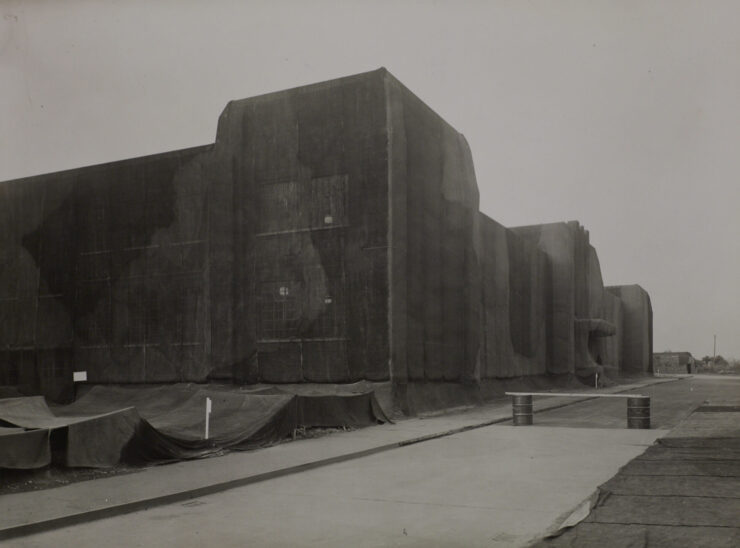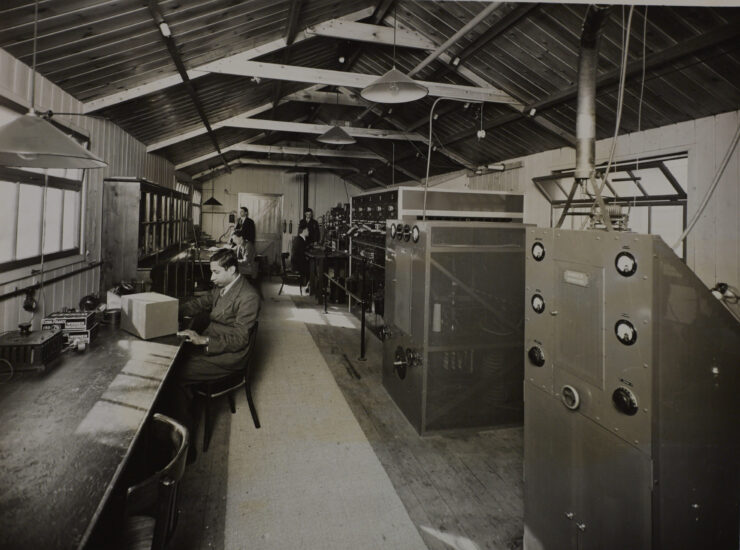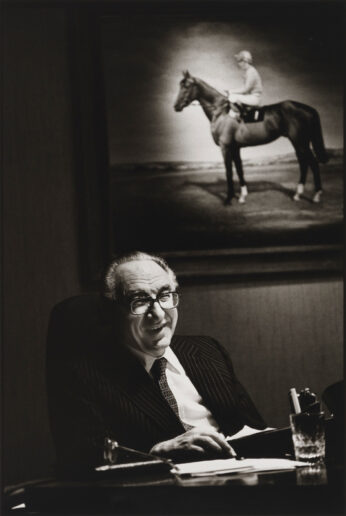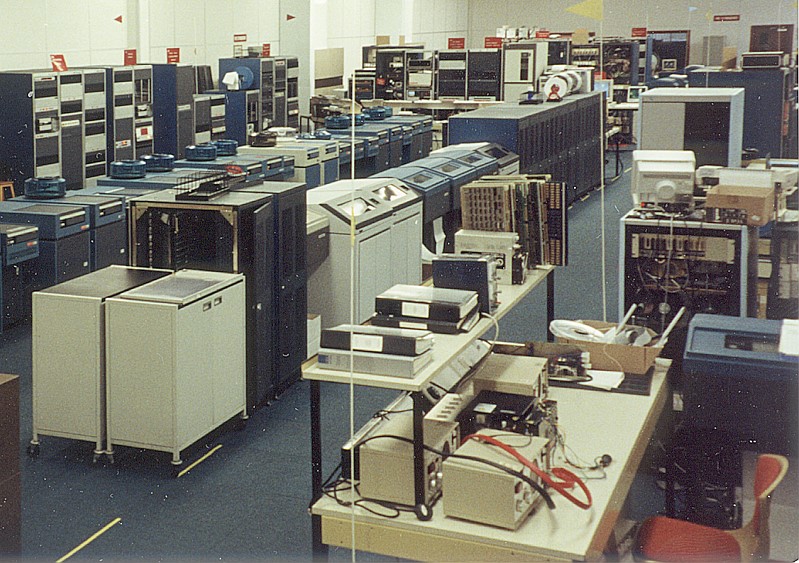
Marconi started life in 1897 as the Wireless Telegraph and Signal Company founded by Italian inventor Guglielmo Marconi. It underwent several name changes due to mergers and acquisitions and became a pioneer of wireless communications and broadcasting. In the UK, 1912 saw the first purpose-built radio manufacturing plant established in Chelmsford, Essex called ‘The New Street Works’, then in 1939 Marconi Research Laboratories were founded at Great Baddow. In 1946, English Electric took over Marconi with the intention of entering the UK’s consumer electrics market. In 1964, English Electric bought out Lyon’s share in LEO and formed English Electric Leo Marconi Computers (EELM). Dennis Blackwell had this to say about the take over of Marconi by English Electric:
Marconi became the jewel in the English Electric crown. English Electric was a huge Company with over 300,000 employees. The computer part was only about 1500, so we were only very small. But the group had tremendous tentacles and tremendous size. Marconi was a very successful company, economically, technologically, leading in electronics, and made lots and lots of money because a lot of the work it did was for defence.

The 1960s proved a turbulent time for Marconi. In 1967, under the UK government’s Industrial Expansion Act, EELM merged with Elliott Brothers (known at the time as Elliot Automation), forming a new company, English Electric Computers Ltd. Under government pressure, the following year their parent company English Electric merged with the General Electric Company (GEC) incorporating all their subsidiaries. The government’s reasoning for this was the rationalisation of the UK’s heavy electrical industry. The new company was chaired by Lord Nelson with managing director Arnold Weinstock – an influential person on the future direction of the industry as a whole. The computer activities of this new company (chiefly from EELM and Elliot’s) were merged as a new company, English Electric Computers Ltd. However they were not to remain a company for long. The Industrial Expansion Act came in to play and English Electric Computers were taken over by International Computers and Tabulators (ICT) to form International Computers Limited (ICL). The UK government were concerned with producing the ultimate British computer to sell internationally. ICL inherited two mainframe computer series, System 4 from English Electric Leo Marconi (compatible with IBM computers) and ICT’s 1900 series. Mainframe customers remained their main profitable market but they managed to diversify into sales equipment and back office software as well as mini-computers and personal computers at a later date. In 1984 the company was acquired by Standard Telephones and Cables (STC) but already had links with Fujitsu. Financial and technical involvement with Fujitsu increased until ICL became part of Fujitsu in 2002.

Not all Marconi’s computer designs were transferred to ICL in 1968 however. New company Marconi-Elliott Computer Systems brought together Elliott’s and Marconi’s Space and Weapons Automation work, to focus on activities outside of data processing.
Archives of IT interviewee Stephen Temple worked for Marconi’s Space Division as a Satellite Systems Engineer from 1968-1971. He joined Marconi as an apprentice, at Chelmsford, in 1961 where he wrote a handbook on an early radar system (amongst other less interesting tasks!). After studying engineering at Southampton University, he returned to Marconi to work in their Space division. Stephen loved his time working for the company. He was there when the merger with GEC was happening, and had this to say about Arnold Weinstock’s vision:
I think the, the merger with GEC was bad news. I think the, the subsequent merger between Plessey and GEC was bad, … It was all driven from the City, you know, there was no long-term vision of the company.

In 1973 the company was renamed GEC Computers. Work included the Prestel ViewData system, an early forerunner of the internet, invented by BT and run on GEC 4000 minicomputers. By the 1990s sales started to slow down as microprocessors and then the world wide web took precedence – stopping sales altogether. After the merger of the parent General Electric Company (GEC) and Plessey, and a series of mergers and acquisitions involving Siemens, by 1998 the company was known as Marconi Communications after another merger of GEC subsidiaries.

In 1999, GEC’s defence arm was sold to British Aerospace, becoming BAE Systems. In 1999 GEC changed its name to Marconi plc. The dot com bubble crash saw Marconi lose value and the majority of the business was sold to Ericsson. A new company called Telent was set up to hold the remainder, selling telecoms services to businesses and governments in Britain and Germany.
Further Information
- We group our interviews by company. Find all our interviews about Marconi here
- Visit Essex Record Office’s ‘Communicating Connections’ a heritage project sharing the history of the Marconi Company in Chelmsford and Essex.